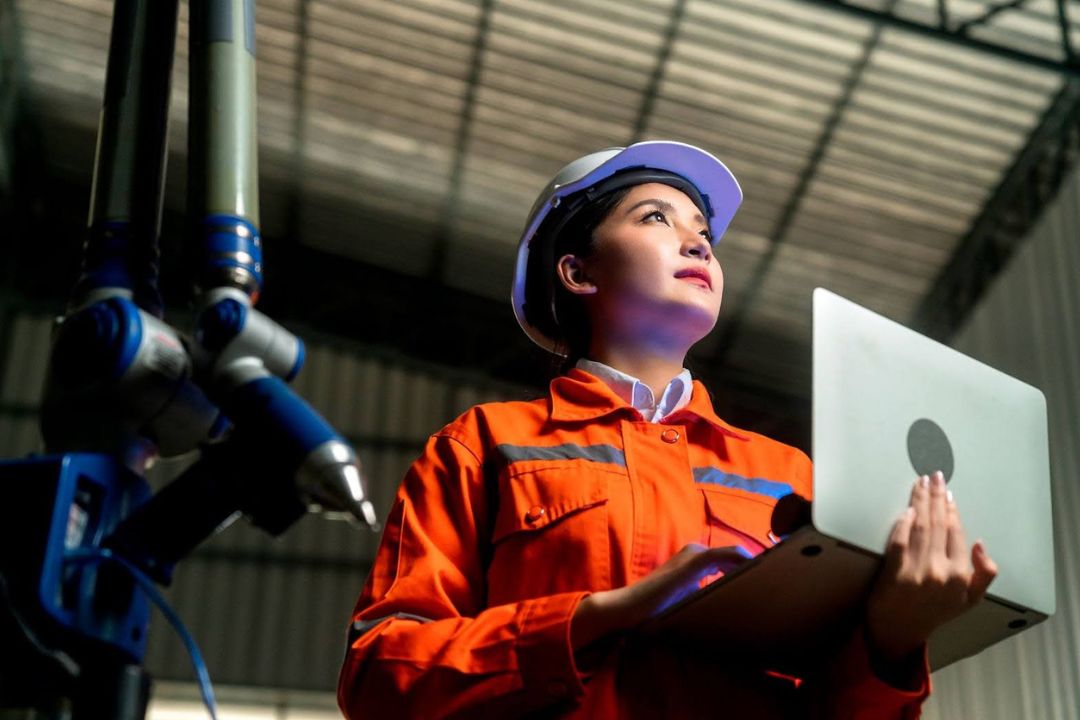The automotive industry isn’t what it used to be. Once dominated by men in greasy overalls, the sector is now seeing a significant shift. Women are moving into roles that were once considered off-limits, proving they have what it takes to thrive in this ever-evolving field. This isn’t just a temporary change; it’s a clear indication that the industry is opening up to new ways of thinking and working.
It’s no secret that car manufacturing has been a boys’ club for decades. But now, thanks to rapid advances in technology, the doors are swinging open to a more varied crowd. Robotics and automation have taken over many of the heavy-lifting tasks, and what’s left requires a different kind of skill set – one where women are excelling.
Gone are the days when you needed brawn to build a car. Today’s factories are powered by code, data, and creativity. Women are finding new opportunities in roles like design engineering, data analysis, and robotics, areas where brains, not brawn, are what’s needed.
As cars get smarter, the factories that build them need to get smarter too. The shift towards electric vehicles, automated production lines, and digital twins means that traditional skill sets are evolving. The modern car plant looks more like a tech startup than a dusty old workshop, and women are proving they have what it takes to succeed in this new environment.
Consider this: in the past, a role on the assembly line might have required physical strength and endurance. Today, it requires a knack for programming a robot or analyzing a data feed from a 3D printer. The barriers to entry are no longer about muscle but about mindset and skill – and that’s where women are making their mark.
The shift isn’t just happening on the factory floor. Women are also making their presence felt in the boardrooms and design studios. Mary Barra at General Motors and Linda Jackson at Peugeot have broken through the glass ceiling, showing that leadership in this industry isn’t just about knowing your torque from your horsepower – it’s about vision, strategy, and the ability to drive change.
And it’s not just the big names leading the charge. Across the sector, women are stepping into roles that influence everything from the types of cars we drive to the way they’re built. They’re bringing fresh perspectives to an industry that, let’s face it, has been running on fumes for far too long.
However, the journey isn’t all smooth driving. There are still plenty of speed bumps along the way. Many women in the automotive sector still report facing gender biases and stereotypes that their male counterparts never have to contend with. There’s also the perennial problem of the gender pay gap, which stubbornly persists in many corners of the industry.
Then there’s the challenge of balancing work in an industry known for long hours and demanding conditions. While tech is making some tasks easier, the culture in many factories can still feel like it’s stuck in the last century. But with more women coming in, there’s hope that these environments will start to change too.
The future looks bright, though. As more companies recognize the value of a diverse workforce, initiatives are popping up everywhere to encourage women to consider careers in automotive manufacturing. From scholarships for engineering students to mentorship programs for mid-career professionals, the industry is investing in a new generation of female talent.
At the same time, schools and universities are doing their part, encouraging more girls to get into STEM (Science, Technology, Engineering, and Mathematics) fields from an early age. The result? A pipeline of talent that’s more diverse than ever, ready to take on the challenges of tomorrow’s automotive industry.
So, is this just a fleeting moment, or are we seeing a permanent change in the makeup of the automotive workforce? The signs point to the latter. As the industry continues to evolve, the need for a diverse range of skills and perspectives will only grow. Women are no longer just passengers in this industry – they’re behind the wheel, steering it towards a more inclusive future.
And for an industry that’s been stuck in neutral for far too long, that’s a very good thing indeed.











